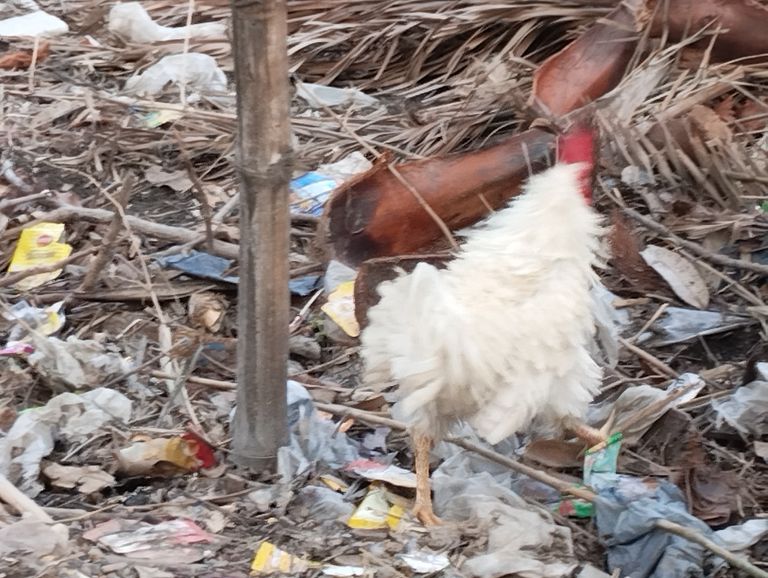
Native Chicken Farming Methods: A Complete Guide.
Native chicken farming, also known as traditional or indigenous chicken farming, has been practiced for centuries and is gaining renewed interest due to the demand for organic, free-range poultry products. Native chicken breeds are often hardy, resistant to diseases, and well-suited to local climates, making them ideal for small-scale and sustainable farming.
In this guide, we’ll explore the key methods and strategies for successfully raising native chickens.
- Why Choose Native Chickens?
Hardiness: Native chickens have evolved to thrive in local climates and are often resistant to common poultry diseases.
Low Maintenance: They are low-maintenance compared to commercial breeds and require less investment in terms of housing and feed.
High Market Demand: Many consumers prefer native chicken meat and eggs due to their taste, texture, and perceived health benefits.
Sustainable Farming: Raising native chickens is an eco-friendly choice that reduces the need for antibiotics and artificial growth boosters.
- Selecting Breeds for Native Chicken Farming
Research native breeds suitable for your climate and farming goals. Common native chicken breeds include:
Asil (Aseel): Known for its game bird qualities and resilience.
Kadaknath: Popular in India, known for its black meat and high protein.
Giriraja: A good layer and meat producer.
Visit local poultry farms or markets to acquire healthy native breeds.
- Setting Up Housing for Native Chickens
Free-Range vs. Enclosed Systems: Native chickens do well in free-range systems, allowing them to forage for food. However, fencing may be necessary to protect them from predators.
Shelter Requirements:
Protect chickens from rain, wind, and extreme temperatures.
Ensure proper ventilation and sunlight to prevent respiratory diseases.
Use locally available materials like bamboo, wood, or coconut leaves to create shelters.
Roosting Space: Native chickens need roosting perches. Make sure the shelter has wooden or bamboo poles elevated from the ground.
Nesting Boxes: Provide clean, dry nesting boxes for hens to lay eggs, ideally one box per four hens.
- Feeding and Nutrition for Native Chickens
Foraging: Native chickens are natural foragers. Allow them to roam in a safe, designated area where they can hunt for insects, seeds, and plants.
Supplemental Feed:
Provide grain-based feed, including rice, maize, or millet, as well as green leafy vegetables.
Add protein sources such as worms, fish meal, or soybean meal to improve egg and meat quality.
Watering: Clean, fresh water should be available at all times to prevent dehydration and heat stress.
Minerals and Vitamins: Adding crushed eggshells or limestone can supplement calcium. Leafy greens like spinach can provide vitamins.



- Health Management and Disease Prevention
Vaccination: Vaccinate native chickens against common poultry diseases like Newcastle disease and fowl pox.
Regular Health Checks: Inspect chickens regularly for signs of illness such as lethargy, loss of appetite, or changes in droppings.
Parasite Control: Use natural treatments or approved medications to control parasites like mites, lice, and worms.
Biosecurity Measures: Limit access to the chicken area to reduce exposure to diseases. Clean feeders, waterers, and nesting areas regularly.
- Breeding Practices for Native Chickens
Selective Breeding: Choose healthy and productive chickens for breeding to maintain and improve desirable traits.
Natural vs. Artificial Incubation:
Allow hens to incubate eggs naturally, or use an incubator if you prefer to hatch a larger batch of chicks.
Caring for Chicks:
Keep chicks in a warm, dry area away from predators.
Provide a balanced starter feed with higher protein levels to support growth.
very useful information!!